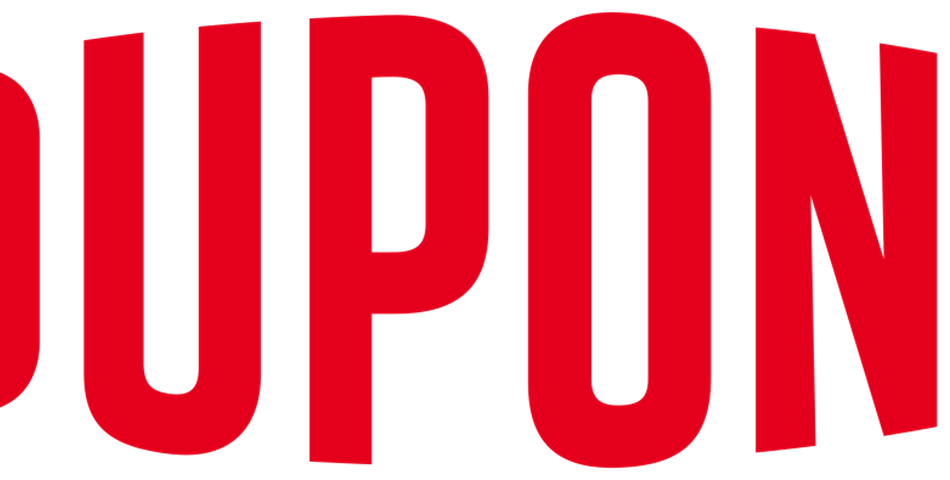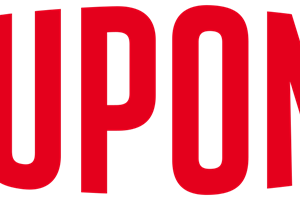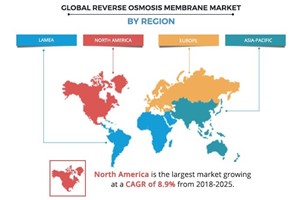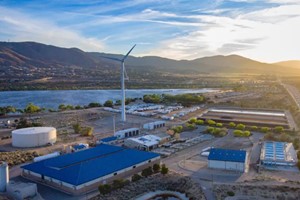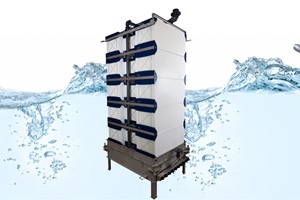Starting November 16th, DuPont FilmTec Fortilife NF1000 membrane elements are now sold worldwide. The high-productivity nanofiltration elements help enable increased wastewater reuse and resource recovery in some of the most challenging applications — with reduced energy consumption — compared to earlier versions of the technology.
DuPont's Fortilife NF1000 product is being honored this week with a 2023 R&D100 Award, which celebrates the 100 most innovative and revolutionary technologies launched in the past year. While now globally available, Fortilife NF1000 was first launched in the Asia Pacific region where Minimal Liquid Discharge (MLD) solutions have been more widely adopted to meet both wastewater management regulations and business goals for circularity.
"As the world strives to treat and reuse more wastewater—from municipal applications to the most challenging industrial waters — FilmTec Fortilife NF1000 helps enable our customers to refine wastewater into valuable fractions to optimize the reuse potential and minimize waste," said Alan Chan, Global Vice President and General Manager, DuPont Water Solutions. "Industrial wastewater management — from coal-to-chemical and textiles to petrochemical and power production — can benefit from the use of NF1000 to recover water, salts and other valuable resources for reuse."
Fortilife NF1000, a spiral-wound nanofiltration membrane, yields high water flux with exceptional high-pH durability while accomplishing challenging separations in high-pressure industrial wastewater applications.
Industrial wastewater generators are often required to practice zero-liquid-discharge (ZLD) to comply with local regulations. Traditionally, wastewater, comprised of salts and organic compounds, is sent to large evaporators or crystallizers to separate water from the solid waste. This can be an extremely energy-intensive and costly process. DuPont's approach is to utilize a minimum-liquid-discharge (MLD) strategy using reverse osmosis (RO) and nanofiltration (NF) elements to reduce the volume of water sent to final thermal treatment, helping reduce operational costs while simultaneously recovering water for reuse.
In MLD systems, Fortilife NF1000 can be used upstream of RO to remove divalent ions and organic compounds or downstream of RO in selective-ion separation for improved crystallization efficiency with a purer brine composition or valorization of salts. Fortilife NF1000 can help increase water recovery, reduce energy consumption, and provide opportunities for resource recovery or valorization.
"Our customers' top needs in the industrial wastewater space are improved recovery and better reliability — with a focus on sustainability and lifetime costs," said Verónica Garcia Molina, Global Market Leader, Industrial Water & Energy, DuPont Water Solutions. "With NF1000's high active area and durable construction, use of the element can help our customers reduce energy requirements and costs, extending the membranes' lifetime and reducing capital expenditures."
DuPont's water technologies help purify more than 50 million gallons of water every minute around the world, enable water reuse and recycling, desalination, and the safe access of both ground and surface water. DuPont offers solutions to a variety of water and sustainability challenges faced by industrial water users and water treatment municipalities through a broad portfolio of membranes, resins and systems (including reverse osmosis (RO) membranes, ion exchange resins (IEX), ultrafiltration (UF), electrodeionization (EDI), nanofiltration (NF), membrane bioreactor systems (MBR), membrane aerated biofilm reactors (MABR), and closed-circuit reverse osmosis (CCRO) systems).
Edited by Yehya Aoun



